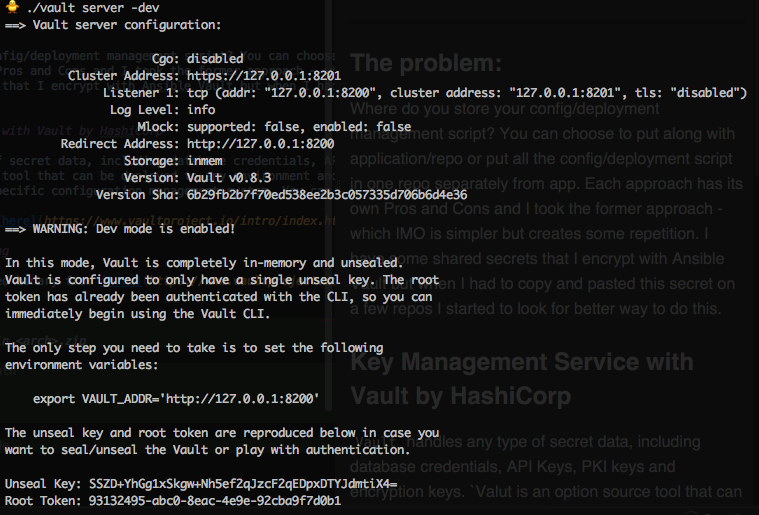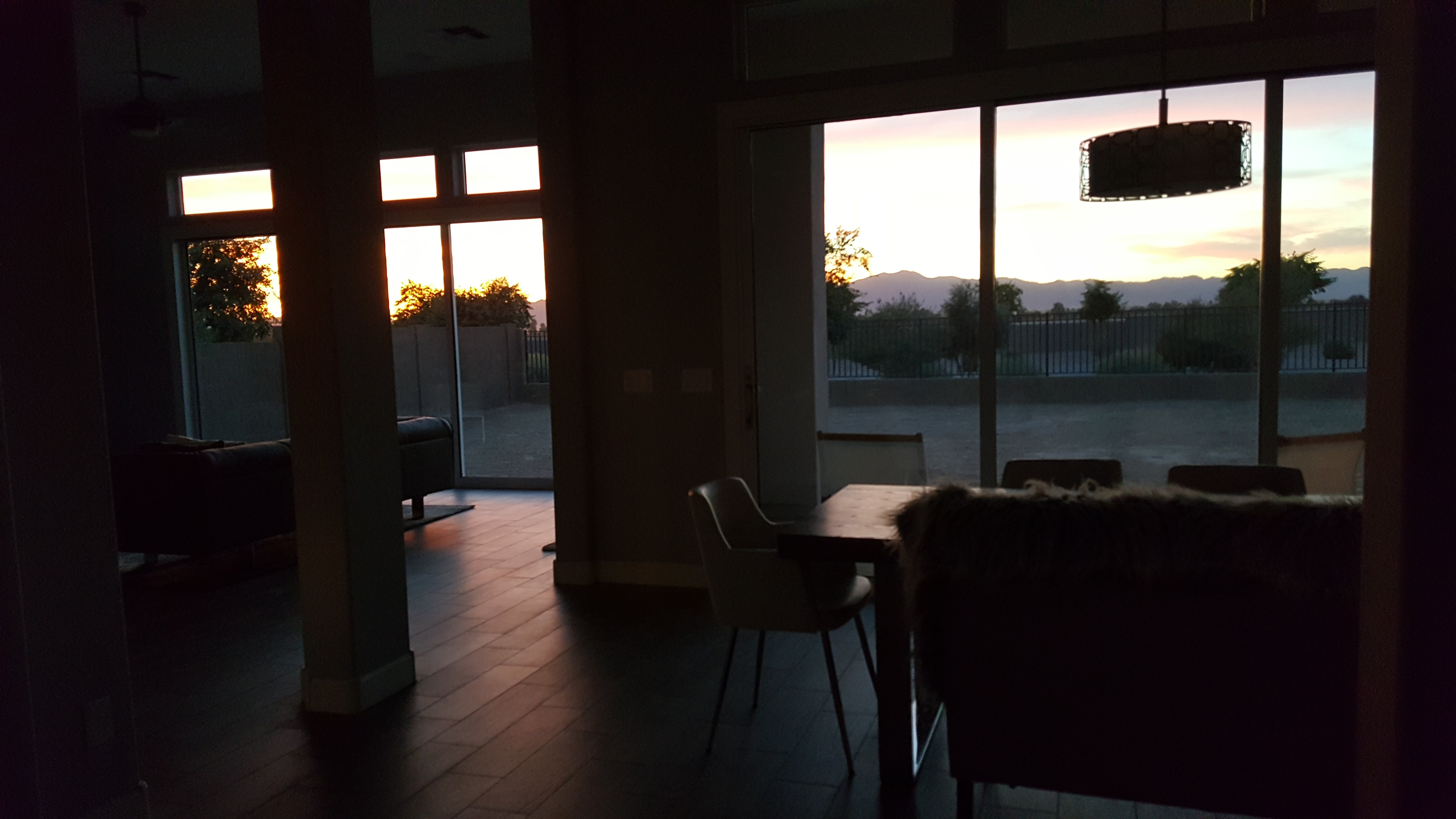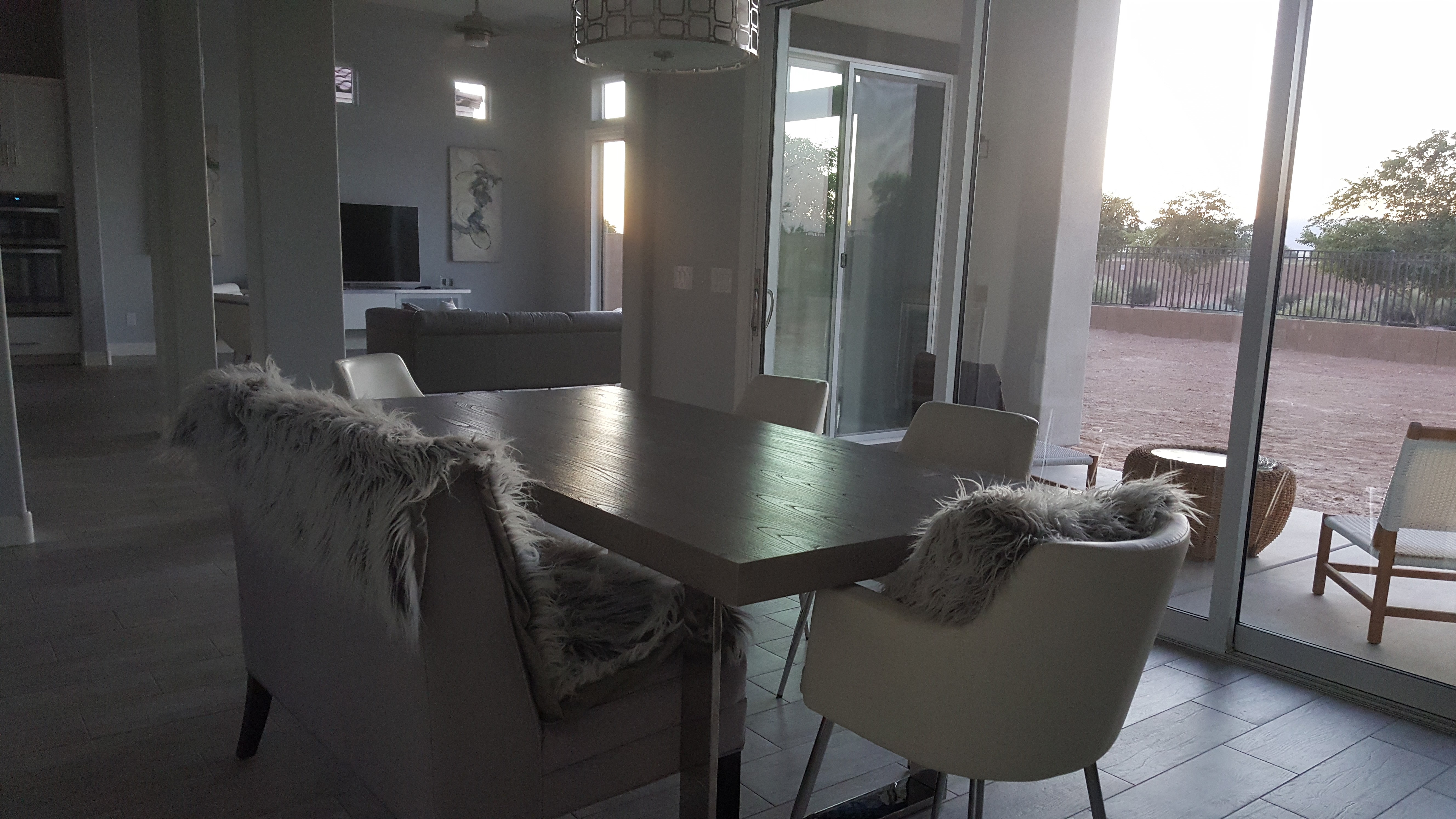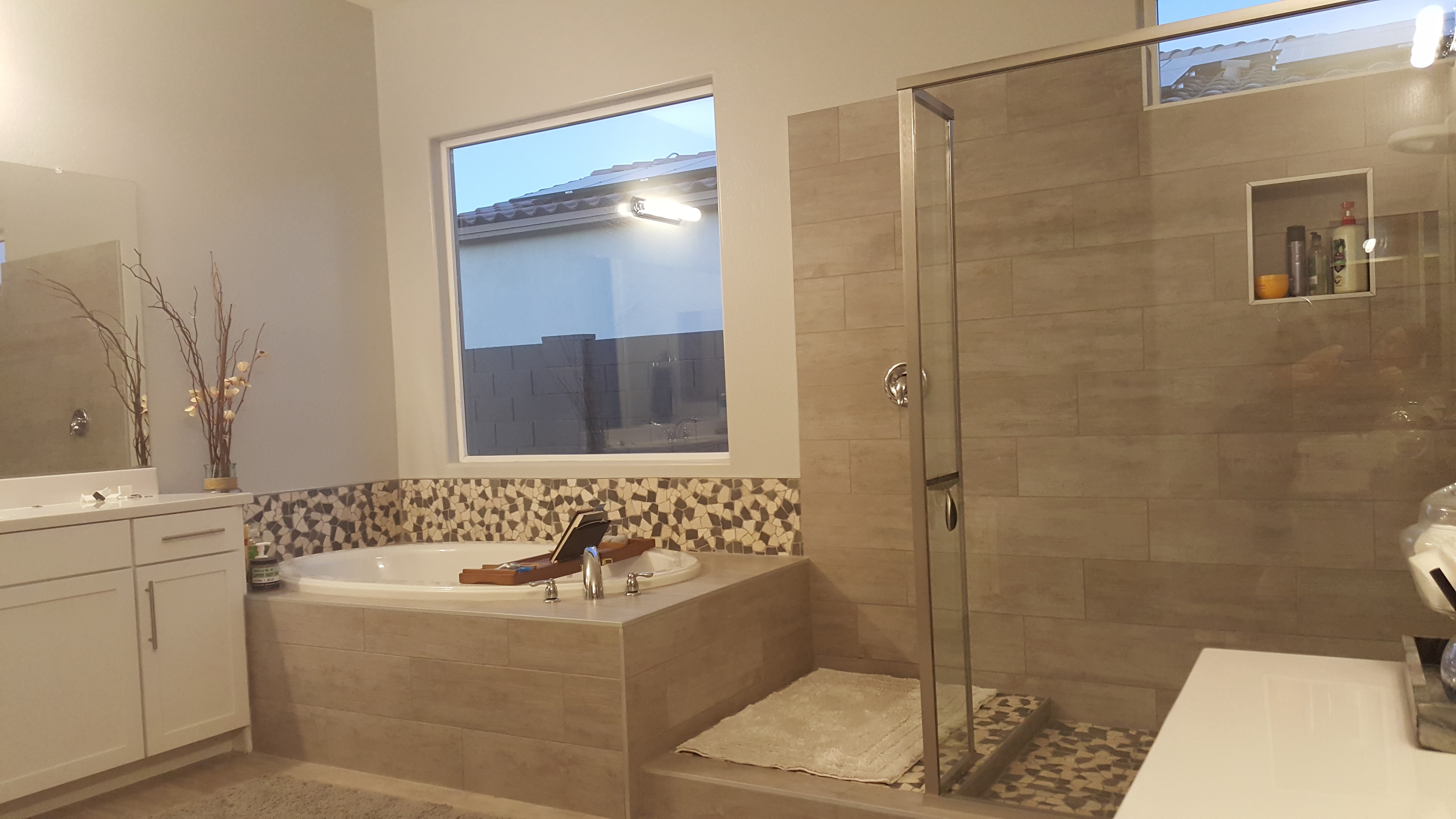The Problem:
I have powerful Linux machine and semi-powerful mac-book pro. I have need of editing code on Linux box from mac-book.
PyCharm has deploy method for pushing code but that requires sftp to setup etc.
I just want to use ssh to do it…
I’ve done rsync method but sometimes manual sync was needed.
I want more transparent method…
The Solution:
The easiest and most effective way for me was to mount linux directory via sshfs.
It was amazingly easy. Assuming that you have established ssh connection with ssh-key with the remote machine.
All you have to do was to install osxfuse and sshfs with brew.
brew cask install osxfuse
brew install sshfs
then mount with sshfs command. without installing osxfuse you will get an error
because osxfuse install library that sshfs depends on.
mkdir [path-you-want-to-mount]
sshfs [username]@[server-addr]:[remote-dir] [path-you-want-to-mount]
Success? or you got remote host has disconnected error?
Get more verbose error with following flags:
sshfs -odebug,sshfs_debug,loglevel=debug [username]@[server-addr]:[remote-dir] [path-you-want-to-mount]
Now, all you have to do is to open the directory you desire with PyCharm <3








